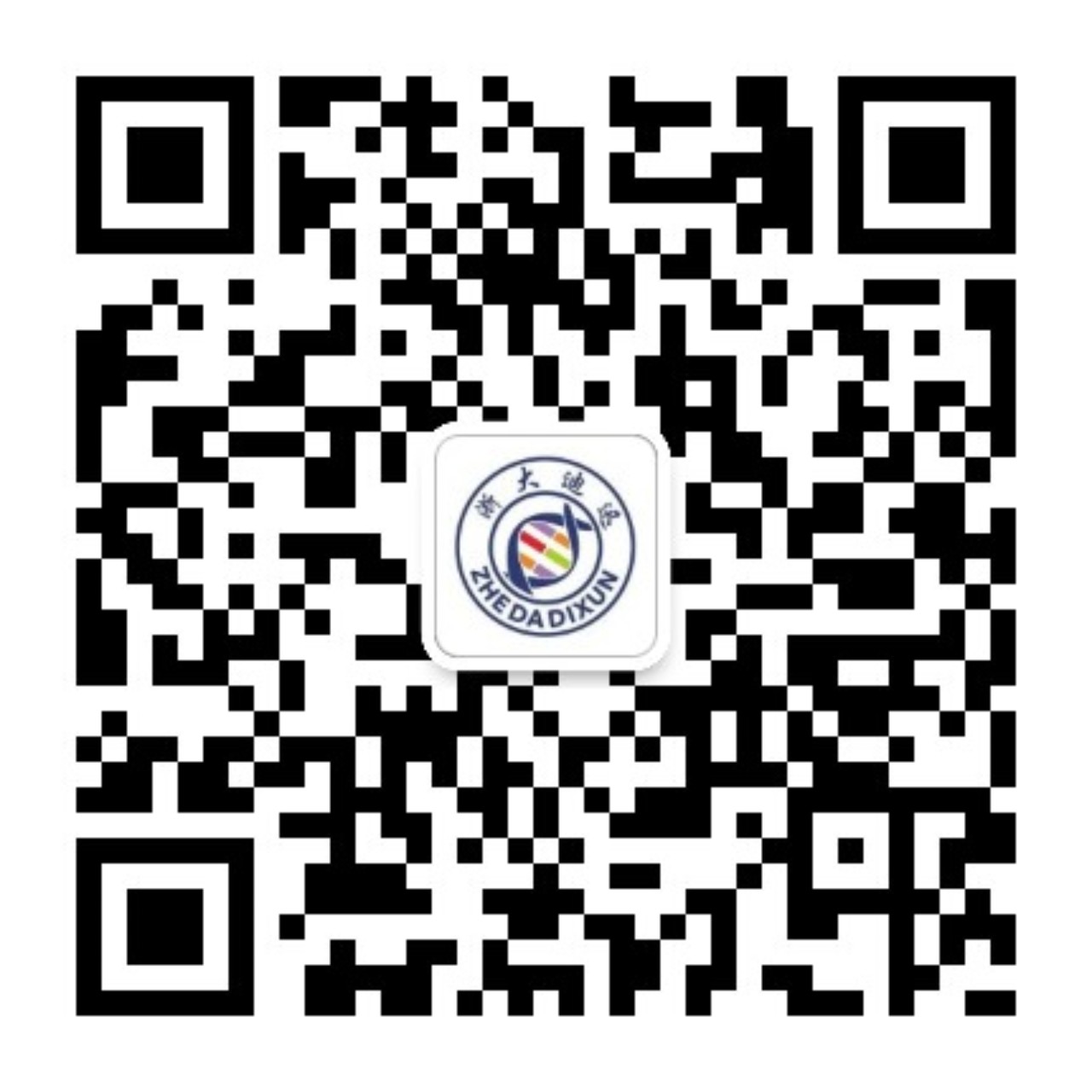Release date:2019-03-27
JACI
DOI: https://doi.org/10.1016/j.jaci.2016.12.820
Abstract:
Rationale
Cow’s milk allergy (CMA) is a frequent cause of severe allergic reactions and anaphylaxis in children. Oral immunotherapy (OIT) has shown promising results with immunological changes occurring during desensitization. Our team at the Research Institute of McGill University Health Centre has demonstrated an increase in serum IgG4 during the escalation and maintenance phases of milk OIT. We assessed the changes in salivary IgG4 during milk OIT, as a potential non-invasive biomarker of desensitization.
Methods
We performed an interim analysis at baseline (prior to the start of treatment) and at the end of escalation phase (200ml dose) of the milk OIT protocol in subjects who successfully completed the escalation phase. Milk protein component (α-lactalbumin, β-lactoglobulin, casein) -specific salivary IgG4 were evaluated at baseline and 200ml.
Results
There was an overall increase in salivary IgG4 from baseline to 200ml for all three milk proteins. The mean salivary IgG4 concentration at baseline was 0 ng/mL (SEM 0 ng/mL), 0.5 ng/mL (SEM 0.3ng/mL), and 177.4 ng/mL (SEM 126.1ng/mL) for α-lactalbumin, β-lactoglobulin, and casein respectively; compared to the mean salivary IgG4 concentration at the 200ml dose of escalation phase: 424.1 ng/mL (SEM 265.2ng/mL), 1142 ng/mL (SEM 858.5ng/mL), and 3367 ng/mL (SEM 2443ng/mL) for α-lactalbumin, β-lactoglobulin, and casein respectively.
Conclusions
Successful escalation phase of milk OIT in IgE-mediated CMA in children is associated with an increase in salivary milk protein-specific IgG4. This suggests it could be used as a potential non-invasive biomarker of desensitization in OIT in children. Further assessment with a larger sample size is underway.
All Authors:
Bahar Torabi Oliver Schneide Duncan Lejtenyi
Moshe Ben-Shoshan Bruce D. Maze
[IF:13.1]
Salivary IgG4 Increases during Milk Oral ImmunotherapyDOI: https://doi.org/10.1016/j.jaci.2016.12.820
Abstract:
Rationale
Cow’s milk allergy (CMA) is a frequent cause of severe allergic reactions and anaphylaxis in children. Oral immunotherapy (OIT) has shown promising results with immunological changes occurring during desensitization. Our team at the Research Institute of McGill University Health Centre has demonstrated an increase in serum IgG4 during the escalation and maintenance phases of milk OIT. We assessed the changes in salivary IgG4 during milk OIT, as a potential non-invasive biomarker of desensitization.
Methods
We performed an interim analysis at baseline (prior to the start of treatment) and at the end of escalation phase (200ml dose) of the milk OIT protocol in subjects who successfully completed the escalation phase. Milk protein component (α-lactalbumin, β-lactoglobulin, casein) -specific salivary IgG4 were evaluated at baseline and 200ml.
Results
There was an overall increase in salivary IgG4 from baseline to 200ml for all three milk proteins. The mean salivary IgG4 concentration at baseline was 0 ng/mL (SEM 0 ng/mL), 0.5 ng/mL (SEM 0.3ng/mL), and 177.4 ng/mL (SEM 126.1ng/mL) for α-lactalbumin, β-lactoglobulin, and casein respectively; compared to the mean salivary IgG4 concentration at the 200ml dose of escalation phase: 424.1 ng/mL (SEM 265.2ng/mL), 1142 ng/mL (SEM 858.5ng/mL), and 3367 ng/mL (SEM 2443ng/mL) for α-lactalbumin, β-lactoglobulin, and casein respectively.
Conclusions
Successful escalation phase of milk OIT in IgE-mediated CMA in children is associated with an increase in salivary milk protein-specific IgG4. This suggests it could be used as a potential non-invasive biomarker of desensitization in OIT in children. Further assessment with a larger sample size is underway.
All Authors:
Bahar Torabi Oliver Schneide Duncan Lejtenyi
Moshe Ben-Shoshan Bruce D. Maze
2019-3-17 Article
MK手机投注 | 安博·体育(中国)有限公司-官网 | 乐动官方网站 | 星空手机版 | 星空手机版 | mk体育(MKsports集团)股份公司 | 安博手机网页版登录入口 | 华体平台 | 千亿体育官网在线登录入口中国有限公司 |
 华亿体育(中国)游戏平台
华亿体育(中国)游戏平台
